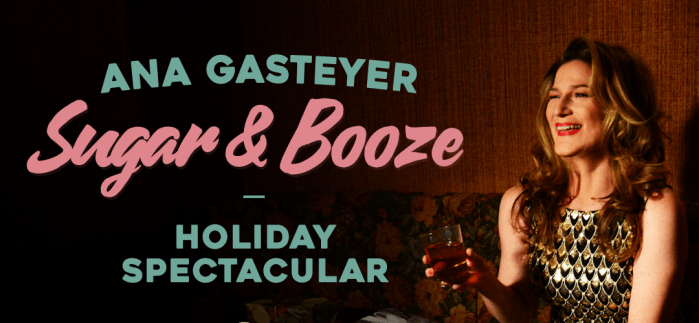Last year at this time, our cover story at Gay City News was titled “How Do We Move the 97 Percent?”
It wasn’t a piece about Occupy Wall Street. Instead, it explored the findings of the Movement Advancement Project’s (MAP) annual National LGBT Movement Report. According to that study, “Even an optimistic estimate concludes that fewer than three percent of LGBT adults give to national LGBT organizations.”
After publishing that cover story, the newspaper received a letter critical of the piece, noting that many in the community give to other social justice organizations that are not focused exclusively on queer issues but do serve LGBT interests. Sometimes, broader-based advocacy groups carry out gay-specific projects; in other instances, they tackle issues of major concern to the queer community as well as to other groups.
Fair enough. It is encouraging that LGBT issues are increasingly being mainstreamed into the agendas of a wide range of advocacy organizations, and communities of all sorts only hurt themselves by unnecessarily “silo-ing” their efforts.
But even if giving by LGBT Americans to social advocacy causes were three times greater than the data on targeted donations to queer-specific organizations suggest, that still means that more than nine out of every ten in our community neglect to open up their wallets in support of our common welfare.
That’s clearly not enough.
MAP’s new report is out this week, and there are some encouraging signs. Overall, revenues, which declined precipitously in the face of recession from 2008 to 2009 but managed largely to stabilize in 2010, increased by a heartening 17 percent in 2011. The number of individual donors — who contribute more than a third of total organizational resources — grew and attendance at fundraising events spiked by an impressive ten percent.
Just as important is the efficiency with which LGBT advocacy groups spend their money. MAP estimates that organizations serving the community devote 80 percent of total revenues to programming and services, which exceeds the good practices benchmark for the nonprofit sector generally.
Despite this good news, MAP concludes that total participation by community members is unchanged from last year’s report — “the actual percentage of LGBT adults who have donated to LGBT social justice organizations is likely lower than three percent.” Among the 40 organizations studied by MAP in detail, including more than a dozen based in New York, an average of 44 percent of total contributions came from a group’s ten largest donors.
We can change this, and now is a particularly opportune moment to do so.
Why?
Because we are winning. After years of slow but steady progress during which huge obstacles — in terms of institutional power and public opinion — persisted, recent events, most strikingly the four ballot wins on marriage equality questions on November 6, demonstrate that the embrace of our community by the American public at large has reached critical mass.
If that conclusion sounds like a specific recommendation that you contribute to the fight for marriage equality — the drive to extend New York’s victory to other states and to end the ban on federal recognition of our unions — it is not. To be sure, there is much more to be done on that front and the day when victory is complete cannot come soon enough.
But there are so many other options and too many great needs. While our community has made dramatic gains on marriage rights, we still do not enjoy basic job protections nationwide, never mind inclusion in the civil rights laws that shield other minorities from discrimination in housing, public accommodations, access to credit, and the like.
And there are many among us — our transgender brothers and sisters, youth, especially youth of color, seniors, immigrants, and those who live outside the nation’s major metropolitan areas — who suffer a vulnerability that is not simply about social justice, but often about survival itself. Meanwhile, AIDS — both its prevention and its treatment, not to mention the civil liberties of those living with the virus — has sadly fallen off the radar screen for most of us. And, health problems, such as breast cancer, that affect lesbians at disproportionate rates compared to the general population are not often seen as queer issues.
Many of these challenges lack the media buzz and vogue of marriage equality, which is precisely why support for solutions are so important and why your dollars can make such a difference. Thank God there are people — many, many people — willing to write checks in the tens and hundreds of thousands of dollars to promote our civil right to marry. If that’s not the sort of money you have to bring to the table, you can likely make a difference on a wide choice of other critical issues on a far more modest budget.


































